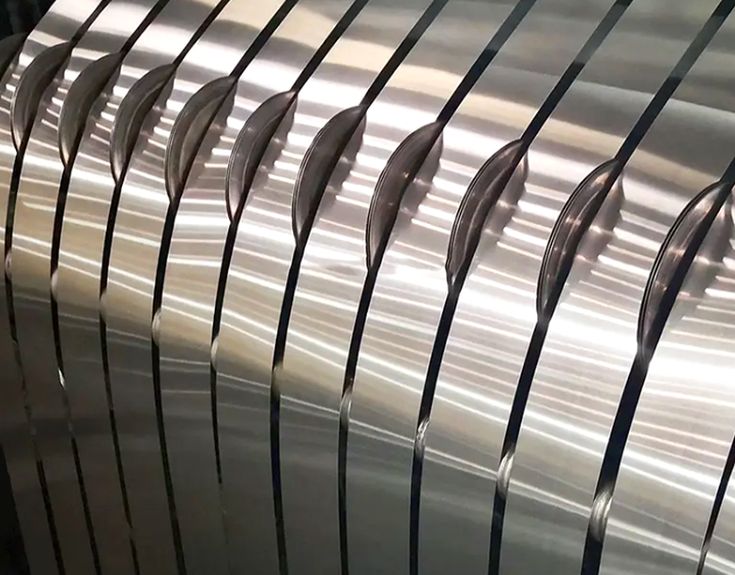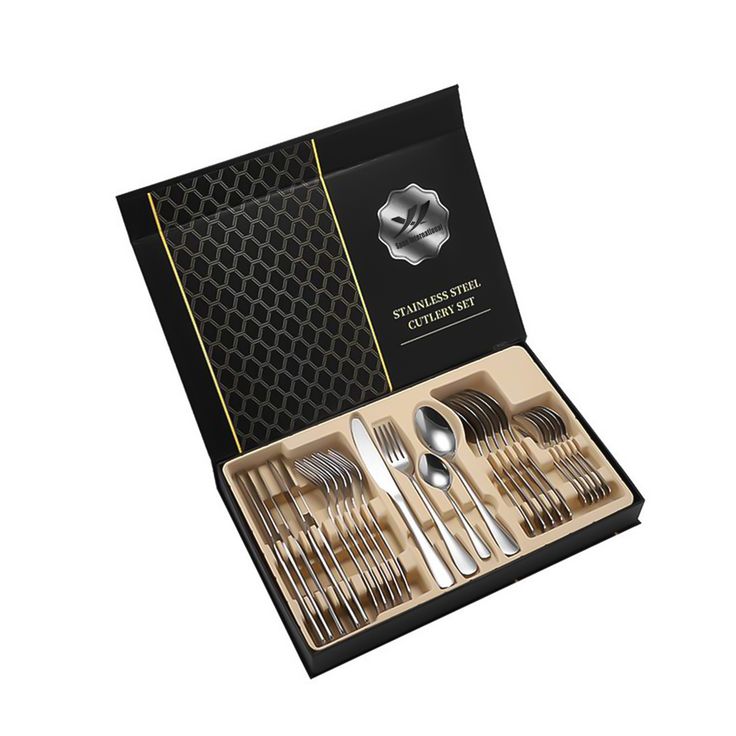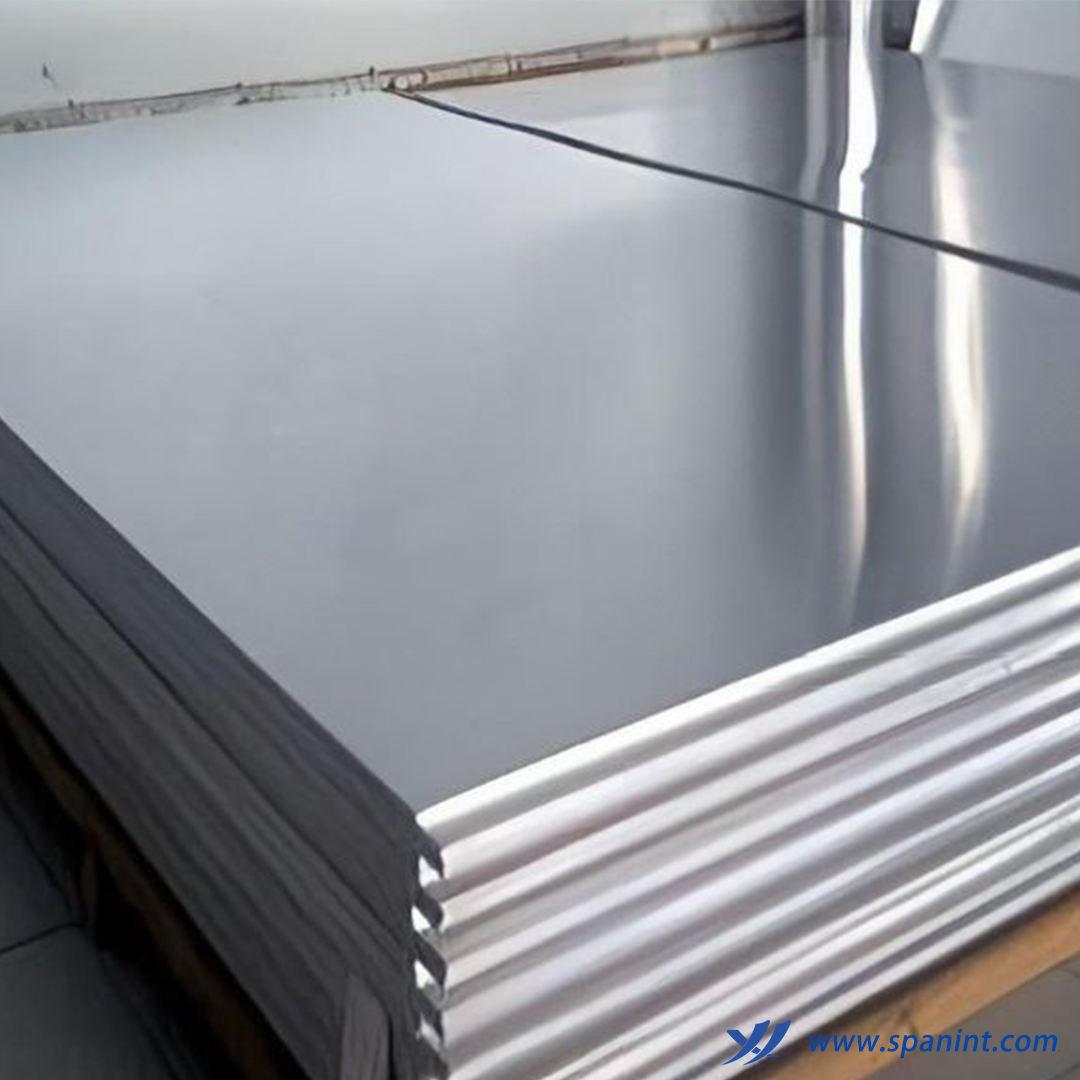Comprehensive analysis of Span International stainless steel coils: the difference and application guide of 304, 316, 201, 430
Stainless steel is an indispensable material in modern industry and construction, and its different models have their own unique performance characteristics. As an industry-leading stainless steel supplier, Span International provides a variety of stainless steel coil products including 304, 316, 201 and 430. This article will deeply analyze the chemical composition, mechanical properties, corrosion resistance, application areas and price differences of these four mainstream stainless steel models to help you make a wise material choice.
1. Basic overview of stainless steel
Stainless steel refers to an iron-based alloy with a chromium content of not less than 10.5% and corrosion-resistant properties. The stainless steel coils supplied by Span International are popular for their excellent formability, weldability and surface treatment possibilities.
Stainless steel is mainly divided into the following categories according to its microstructure:
Austenitic stainless steel (304, 316, 201): non-magnetic (may have weak magnetism after cold working), excellent formability and weldability
Ferritic stainless steel (430): magnetic, moderate corrosion resistance, low cost
Martensitic stainless steel: high strength, adjustable properties through heat treatment
Duplex stainless steel: mixed structure of austenite and ferrite, high strength and corrosion resistance
Span International focuses on providing the most commonly used commercial stainless steel coils in the first two categories. Below we will focus on comparing the four models of 304, 316, 201 and 430.
2. Chemical composition comparison
The performance difference of stainless steel first comes from its different chemical composition. The following is a comparison of the main chemical compositions of these four types of stainless steel coils from Span International:
| Composition (%) | 304 | 316 | 201 | 430 |
| Carbon (C) | ≤0.08 | ≤0.08 | ≤0.15 | ≤0.12 |
| Chromium (Cr) | 18.0-20.0 | 16.0-18.0 | 16.0-18.0 | 16.0-18.0 |
| Nickel (Ni) | 8.0-10.5 | 10.0-14.0 | 3.5-5.5 | ≤0.75 |
| Manganese (Mn) | ≤2.0 | ≤2.0 | 5.5-7.5 | ≤1.0 |
| Silicon (Si) | ≤1.0 | ≤1.0 | ≤1.0 | ≤1.0 |
| Phosphorus (P) | ≤0.045 | ≤0.045 | ≤0.06 | ≤0.040 |
| Sulfur (S) | ≤0.03 | ≤0.03 | ≤0.03 | ≤0.030 |
| Nitrogen (N) | ≤0.10 | ≤0.10 | 0.05-0.25 | \ |
| Molybdenum (Mo) | \ | 2.0-3.0 | \ | \ |
Key difference analysis:
Nickel content: 316>304>201>430. Nickel improves corrosion resistance and formability, but significantly increases cost.
Molybdenum element: Only 316 contains 2-3% molybdenum, which greatly improves pitting resistance.
Manganese and nitrogen substitution: 201 stainless steel uses manganese and nitrogen to partially replace expensive nickel to reduce costs.
Chromium content: All four contain 16-18% chromium (304 is slightly higher), forming the basis of the passive protective film.
3. Mechanical properties comparison
The mechanical properties of Span International stainless steel coils directly affect their processing and performance:
| Performance parameters | 304 | 316 | 201 | 430 |
| Tensile strength (MPa) | 515-620 | 515-620 | 655-758 | 450-550 |
| Yield strength (MPa) | 205-310 | 205-310 | 310-380 | 275-350 |
| Elongation (%) (50mm) | ≥40 | ≥40 | ≥40 | ≥20 |
| Hardness (HB) | ≤201 | ≤217 | ≤253 | ≤183 |
| Elastic modulus (GPa) | 193 | 193 | 193 | 200 |
| Density (g/cm³) | 8.03 | 8.00 | 7.80 | 7.70 |
Performance characteristics analysis:
Strength: 201>304≈316>430. 201 has the highest strength due to manganese and nitrogen strengthening.
Ductility: Austenitic steel (304/316/201) has better elongation than ferrite 430.
Work hardening: 304/316 has moderate work hardening rate, 201 is higher, and 430 is the lowest.
Low-temperature toughness: Austenitic steel still maintains good toughness at low temperatures, and 430 will become brittle.
4. Corrosion resistance comparison
Corrosion resistance is a key consideration in selecting Span International stainless steel coils:
| Corrosion type | 304 | 316 | 201 | 430 |
| General atmospheric corrosion | Excellent | Excellent | Good | Moderate |
| Marine environment | Good | Excellent | Moderate | Poor |
| Acidic environment | Good | Excellent | Moderate | Poor |
| Alkaline environment Excellent | Excellent | Good | Good | Good |
| Chloride pitting | Moderate | Excellent | Poor | Poor |
Corrosion mechanism details:
304 stainless steel: 18% chromium and 8% nickel provide good overall corrosion resistance, but pitting may occur in chloride-containing environments.
316 stainless steel: The added molybdenum element significantly improves resistance to chlorides (such as seawater and deicing salts), making it the first choice for chemical and marine environments.
201 stainless steel: The low nickel and high manganese formula performs well in weakly corrosive environments, but is prone to rust in high humidity or chloride-containing environments.
430 stainless steel: The lack of nickel makes it less corrosion resistant in humid environments and acidic media, and it is mainly used in dry environments.

FAQ
Q1: How to quickly distinguish between 304 and 316?
A: Span International recommends a simple method:
Chemical detection: 316 contains molybdenum, which can be detected with special reagents
Spark test: 316 sparks are shorter and less (experience required)
Salt spray test: 316 is significantly more corrosion resistant
Spectral analysis: The most accurate but requires equipment
Q2: Will 201 stainless steel rust?
A: Yes. Although 201 has a certain degree of corrosion resistance, it is prone to rust in high humidity, high chlorine or polluted environments. Span International recommends that 201 be used in indoor dry environments and provide good surface protection.
Q3: Can 430 stainless steel be used for food contact?
A: Yes, but there are restrictions. 430 does not contain nickel and is safer, but its corrosion resistance is poor and requires frequent cleaning. Span International recommends that 304 be used first in food processing areas.
Q4: Which stainless steel is best for high-temperature applications?
A: Different materials are suitable for different temperature ranges:
Below 400°C: 304/316
400-815°C: 430 (anti-oxidation but reduced strength)
Higher temperatures: special heat-resistant stainless steel is required
Q5: How to choose the best stainless steel for my project?
A: Span International's technical team recommends considering:
Environmental corrosiveness
Mechanical performance requirements
Budget constraints
Appearance requirements
Processing technology
Life expectancy
Conclusion
Choosing the right stainless steel coil is critical to the success of your project. Span International's 304, 316, 201 and 430 stainless steel coils each have their own characteristics to meet different application requirements:
The comprehensive and balanced choice: 304 stainless steel
Harsh environment expert: 316 stainless steel
Economical and practical solution: 201 stainless steel
Selection for specific occasions: 430 stainless steel
Correctly understanding the differences between these materials, combined with the specific application environment and budget, will help you make the best choice. Span International's technical team is always ready to provide you with professional material selection advice and customized solutions to ensure that your project gets the best cost-effectiveness and long-term reliability.
For more detailed information about Span International stainless steel coil products or to obtain samples, please feel free to contact our sales representative. We will provide professional technical support and purchasing suggestions based on your specific needs.








